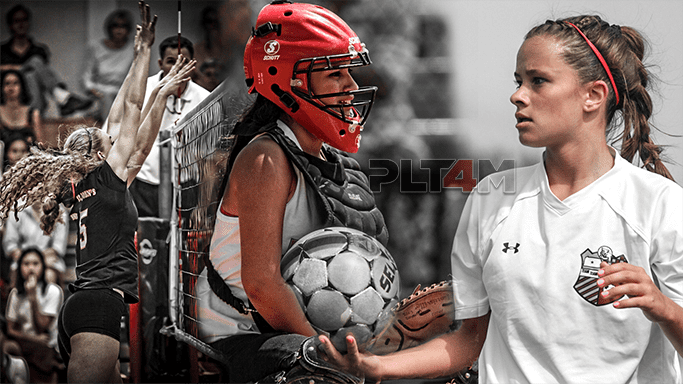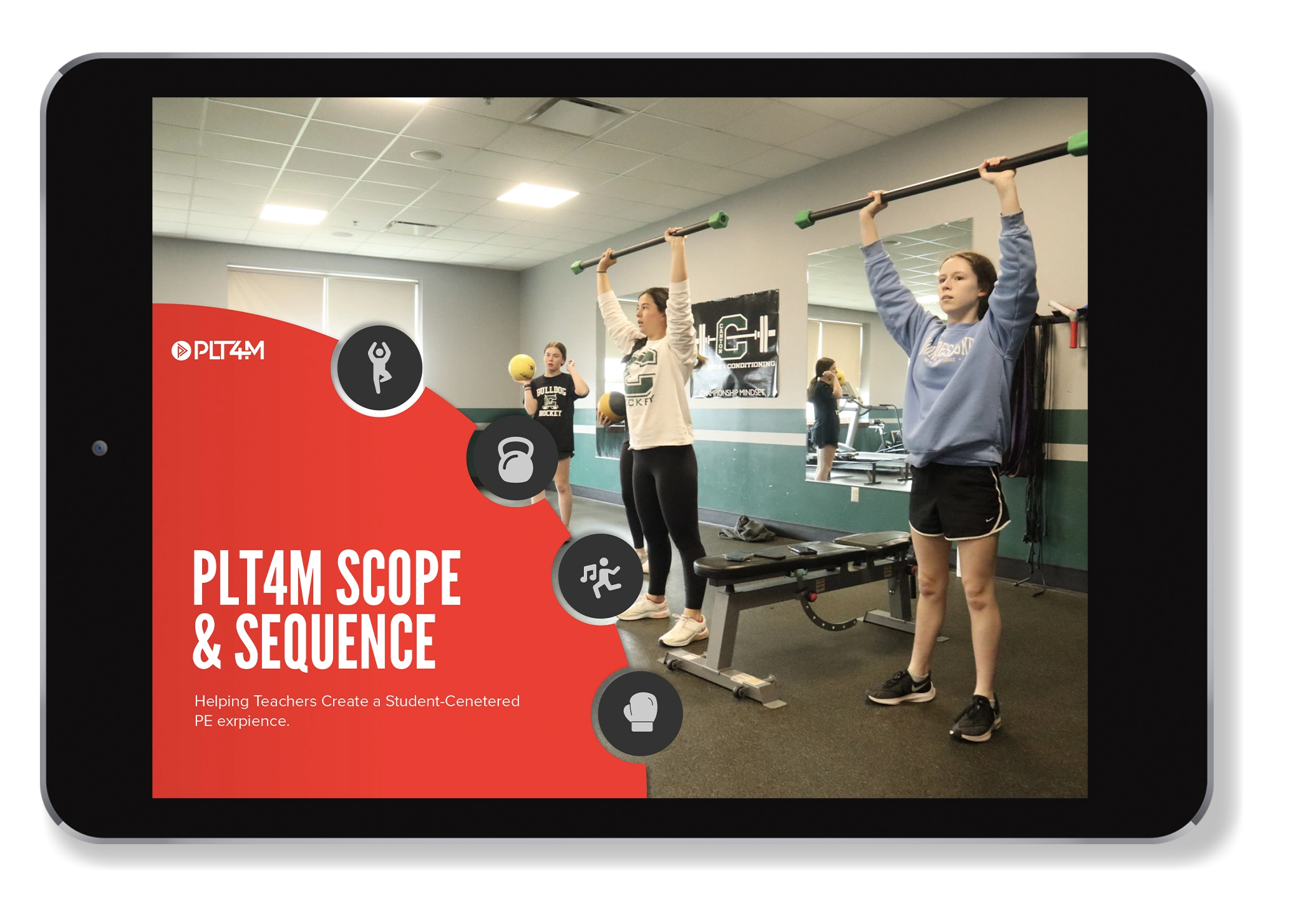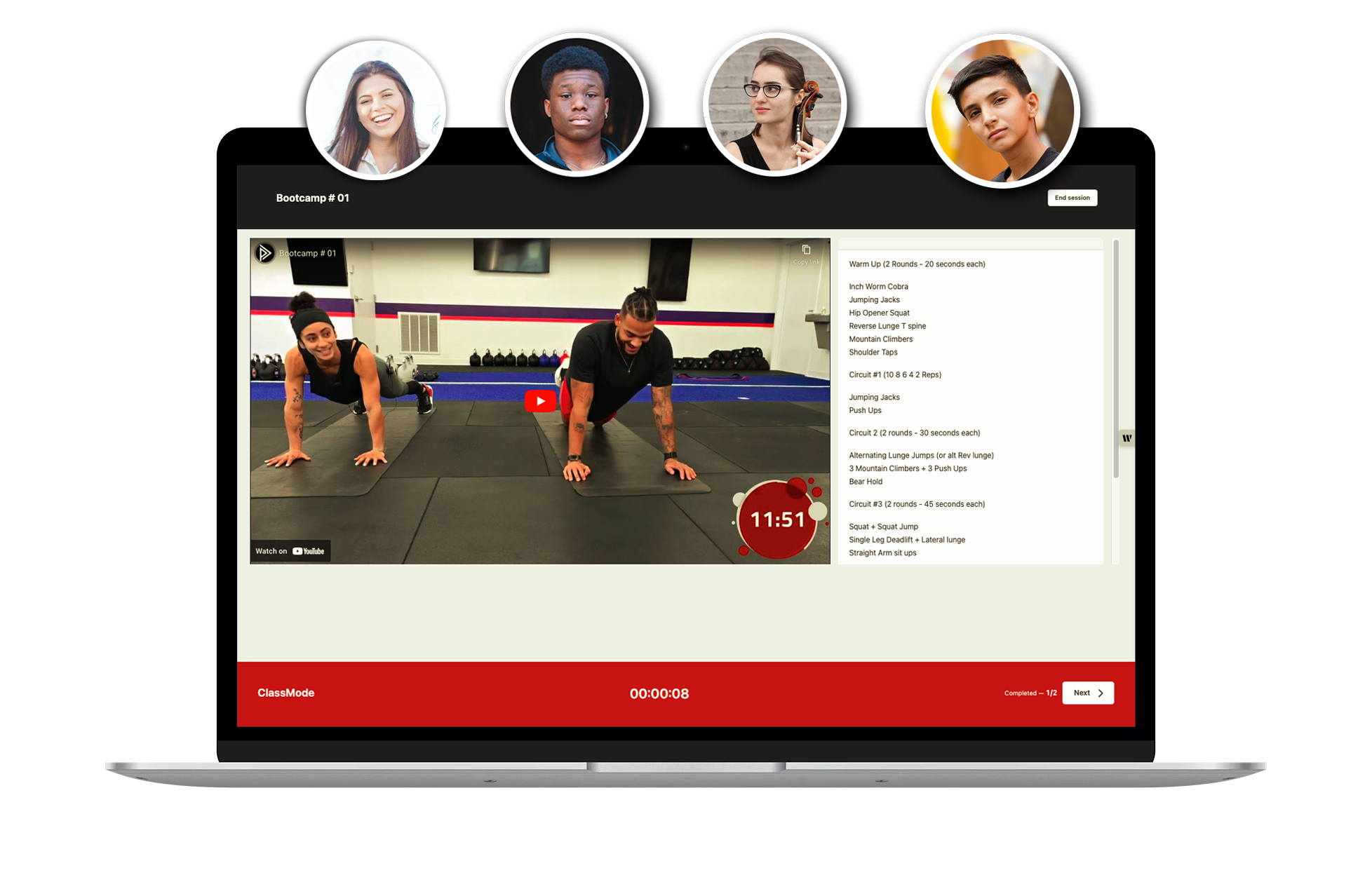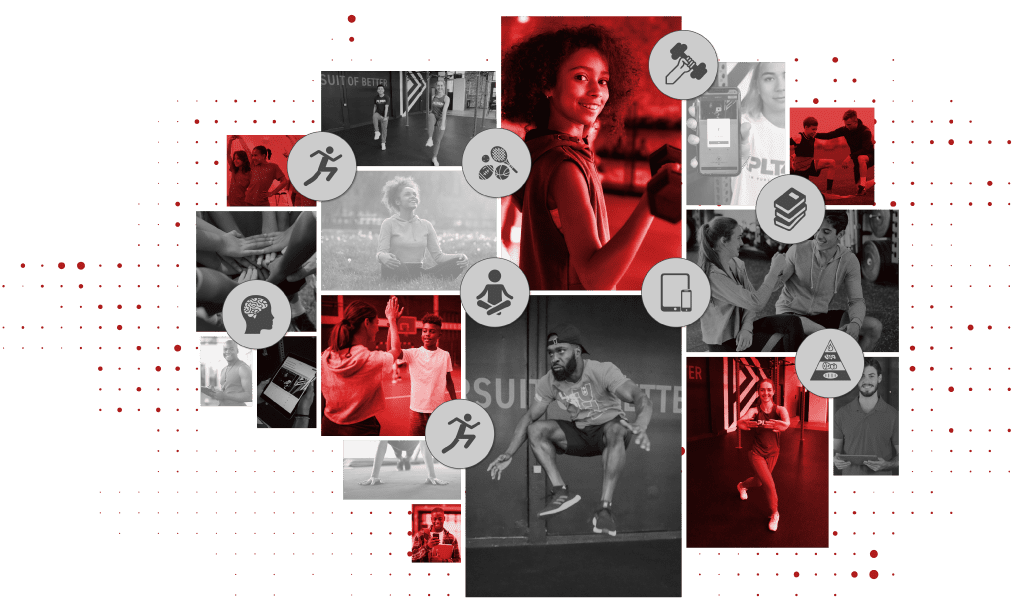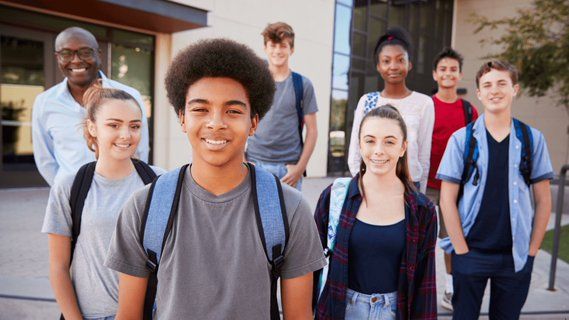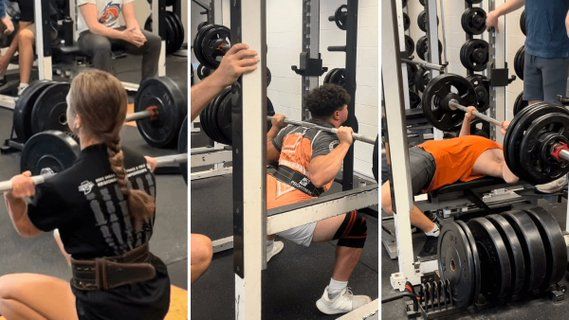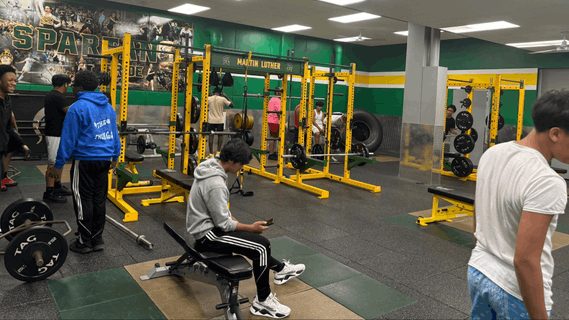We often get inquiries from coaches about their female athletes and what training programs they should be doing, how they should be different, etc. The bottom line is, here at PLT4M we do not differentiate between our male and female athletes, and we hate when girl athletes are told they aren’t supposed to train like the boys!
As far back as 1990, the NSCA itself wrote a position statement that said females are essentially no different from males when it comes to training (linked below). They reap the same benefits, and should indeed engage in the same types of physical training.
When it comes to high school athletes, it’s even more important. Females generally mature earlier than boys and should be engaged in physical training even before their male counterparts to promote healthy growth and movement. In fact, the rise in injury among female athletes – specifically ACL injuries – is often cited as due to improper movement patterns and muscular imbalances. Valgus knee collapse, and quad dominant lower leg strength are two of the big factors – both of which can be prevented by the overriding principles of a good introductory training program. As it turns out, it’s a lack of proper education and training that is their biggest risk! (references and further reading below)
Some coaches also say that females should avoid pressing things overhead for fear of injury due to a lack of upper body strength. This could not be more backwards – yes, females have a lower relative strength when it comes to upper body movements but this doesn’t mean they should avoid upper body strength training. In fact, it means this should be a key area of focus in order to help them build the requisite upper body strength and live a healthy, injury-free life.
Like male athletes, high school females should be engaged in a holistic training program that sets a proper foundation. Athletes need to be well-balanced, and ready to compete in more ways than are generally evident at first glance. When creating a program for your athletes, keep the following goals in mind:
- Baseline Strength (Press, Squat, Pull, Hinge, Lunge)
- Mobility (Proprioception, strength through range of motion, unilateral strength, flexibility)
- Injury Prevention (Joint stability, proper movement patterns, muscular balance)
- Power (Plyometrics, high velocity movement, acceleration/deceleration)
- Engine (Aerobic capacity, anaerobic threshold, MetCon)
- Mind (mental toughness, self confidence, teamwork)
